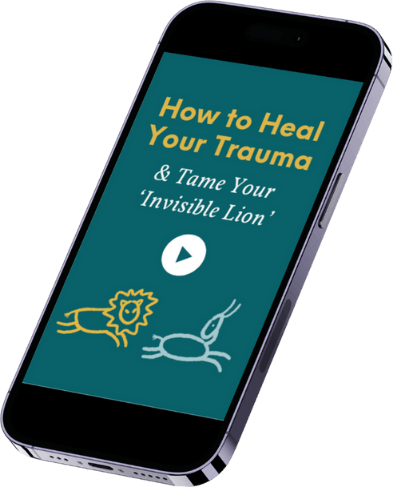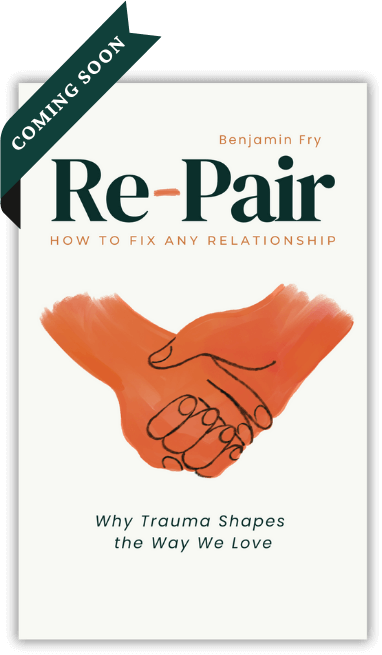Blog #23
When we do not finish responding (see unfinished business) to earlier threats, the baggage gets stored in our nervous system. This results in either an over reaction or under reaction to triggers. Sometimes, we can get our reactions just right, so we react appropriately to the intensity of the initial trigger. When this is the case, we have entered the Goldilocks zone. The following diagrams represent the three types of reactions generally found in people in response to triggers.
Over reaction:

Under reaction:

Goldilocks reaction:

The red squiggle represents your baggage, the green arrow is a trigger, and the red arrow is your output, or reaction.
Trigger Seeking
We tend to seek out triggers in people, places, and things in a way that seems to go against what we think we want. When the nervous system feels safe, it takes that opportunity to address earlier, unfinished business. It wants to return to that unfinished business so it can finish processing it and discharge all of the stored energy. The seeking of triggers, albeit unconsciously, is the nervous system looking for an opportunity to heal itself by discharge.
This doesn’t just apply to romantic relationships either. As much as we think we can hide from triggers, they are all around us and will find us if we don’t find them first. People seek out the same dynamics in work and at home in their family relationships. We can easily fall back into dynamics that we are familiar with. We are drawn to these dynamics because they present us with an opportunity to address our unfinished business.
Experiences can feel the same, even with different people, because the baggage that I carry hasn’t changed. The cycle repeats itself again and again with the same person or with different people – who, to the nervous system, are just the same person in disguise – until the nervous system is healed, which can take a lifetime, or may never happen at all.
People leave relationships, jobs, towns, and even countries to start fresh and leave their baggage behind, but you can’t run away from yourself – your baggage stays with you until the wounds are healed.
Cooking the Porridge
The holy grail of relationships to create the Goldilocks dynamic, where boundaries and containment allow for secure attachment with a holding space for healing.
People in a Goldilocks to Goldilocks relationship could well be dysregulated within themselves, but through hard work and conscious effort they successfully manage their relationships. Such a dynamic looks like this:

This is Goldilocks deciding to make the porridge for herself. In these relationships, partners understand that the perfect relationship doesn’t exist for most people, unless both partners are willing to work on themselves to offer a secure, healthy dynamic in which both of them can heal and even thrive.
You can download this post in a handy 2-page PDF to print and share with friends, family, clients or colleagues. Follow this link to download now.
You can buy a copy of The Invisible Lion now on kindle or paperback from your local Amazon store. Just click here to buy now.






